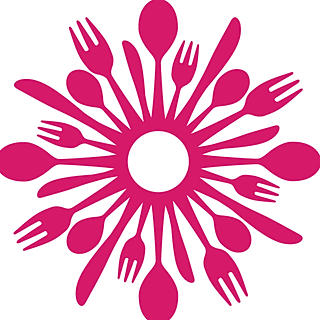Welcome to my blog. Mexico, Tribute to my Heritage
- Chef Yerika
- Jul 1, 2024
- 3 min read
Updated: Feb 10

Welcome! I am Chef Yerika Muñoz, and today, in addition to welcoming you to my blog, I invite you on a journey that goes beyond the corners of my kitchen. As a chef, my soul is deeply connected to gastronomy, but the essence of Mexican cuisine transcends ingredients and recipes: it is a vibrant reflection of Mexico's rich culture and traditions. Join me as I explore the colorful and dynamic aspects of our Mexican heritage that bring to life the flavors we enjoy.
The Essence of Mexican Culture.
Mexican culture is a kaleidoscope of traditions, history and artistic expressions. It is a culture as diverse as its geography, spanning from the deserts of the north to the lush jungles of the south. Each region has its own customs, music and art, contributing to a cultural tapestry as intricate as it is captivating.
History and regional diversity: Pre-Hispanic civilizations such as the Aztecs, Mayans, and Zapotecs laid the foundation for modern Mexican culture. Over the centuries, these traditions have blended with European, African, and Asian influences, creating a unique cultural identity that celebrates diversity.
Holidays: A Celebration of Life and Heritage.
In Mexico, holidays are not just events; they are vivid celebrations of life, history, and religious beliefs.
Day of the Dead: This holiday, recognized by UNESCO as Intangible Cultural Heritage of Humanity, is a perfect example of how Mexican culture blends the spiritual with the earthly. Families create altars (ofrendas) decorated with cempasúchil, candles and photographs to honor the deceased. The bread of the dead, made with flour, egg and a touch of sugar, symbolizes the sweetness of life and the fragility of existence.
Other iconic holidays: From the vibrant Grito de Independencia celebrations to the religious processions of Semana Santa, each holiday brings a special flavor to Mexican culture. At each event, food plays a central role, from pozole and tamales to buñuelos and atoles.
Chef's Tip: If you want to add a festive touch to your meals, try preparing traditional recipes associated with these celebrations. For example, tamales wrapped in banana leaves can be the centerpiece of an unforgettable family gathering.
Music and Dance: The Rhythms that Feed the Soul.
Mexican music and dance are the pulse of our celebrations.
Mariachi: Originating in Jalisco, the mariachi is an emblem of Mexican identity. With guitars, violins and trumpets, these groups tell stories of love, passion and patriotism. Songs such as "Cielito Lindo" or "El Son de la Negra" resonate in the hearts of all Mexicans.
Traditional Dances: From the Jarabe Tapatío, considered the national dance, to pre-Hispanic dances honoring the gods, each movement is an expression of history and spirituality. These dances are often accompanied by elaborate costumes, such as embroidered skirts and charro hats.
Inspiration for cooking: The harmony of music and dance also inspires my cooking. A well-presented dish is like a choreography where each ingredient has its place and purpose.
Art: A Canvas of Our Collective History.
Mexican art reflects our rich history and cultural diversity.
Iconic murals and painters: Diego Rivera's murals tell stories of struggle and progress, while Frida Kahlo explored pain and identity with a unique style. These works not only decorate walls, but also inspire conversations and reflections.
Handicrafts: From the Talavera pottery of Puebla to the embroidered textiles of Oaxaca, Mexican handicrafts combine ancient techniques with modern designs. These objects are the soul of the communities that produce them and a constant source of inspiration in my kitchen decor.
Practical tip: Incorporate Mexican handicrafts into your home. Clay dishes or embroidered tablecloths can transform an ordinary meal into a cultural experience.
Mexican Cuisine: A Mirror of Our Cultural Identity.
Mexican cuisine is deeply influenced by these cultural elements.
Community tradition: Family gatherings and communal meals are an essential part of our culture. From preparing mole in large pots to creating tamales collectively, food brings people together and passes on traditions.
Fusion of flavors: Pre-Hispanic ingredients such as corn, chili peppers and cocoa are mixed with European and Asian influences to create a rich and varied cuisine. This fusion is visible in dishes such as chile en nogada, which combines indigenous elements with colonial techniques.
The Interwoven Threads of Culture and Gastronomy.
Every Mexican dish tells a story, uniting generations through time. As a chef, I see my work as a tribute to my heritage and my family. Every time I prepare a dish, I seek to convey the love, passion and history of our culture. The next time you enjoy a Mexican dish, remember that you are tasting centuries of tradition and creativity.
Sources and Links of Interest:





Comments